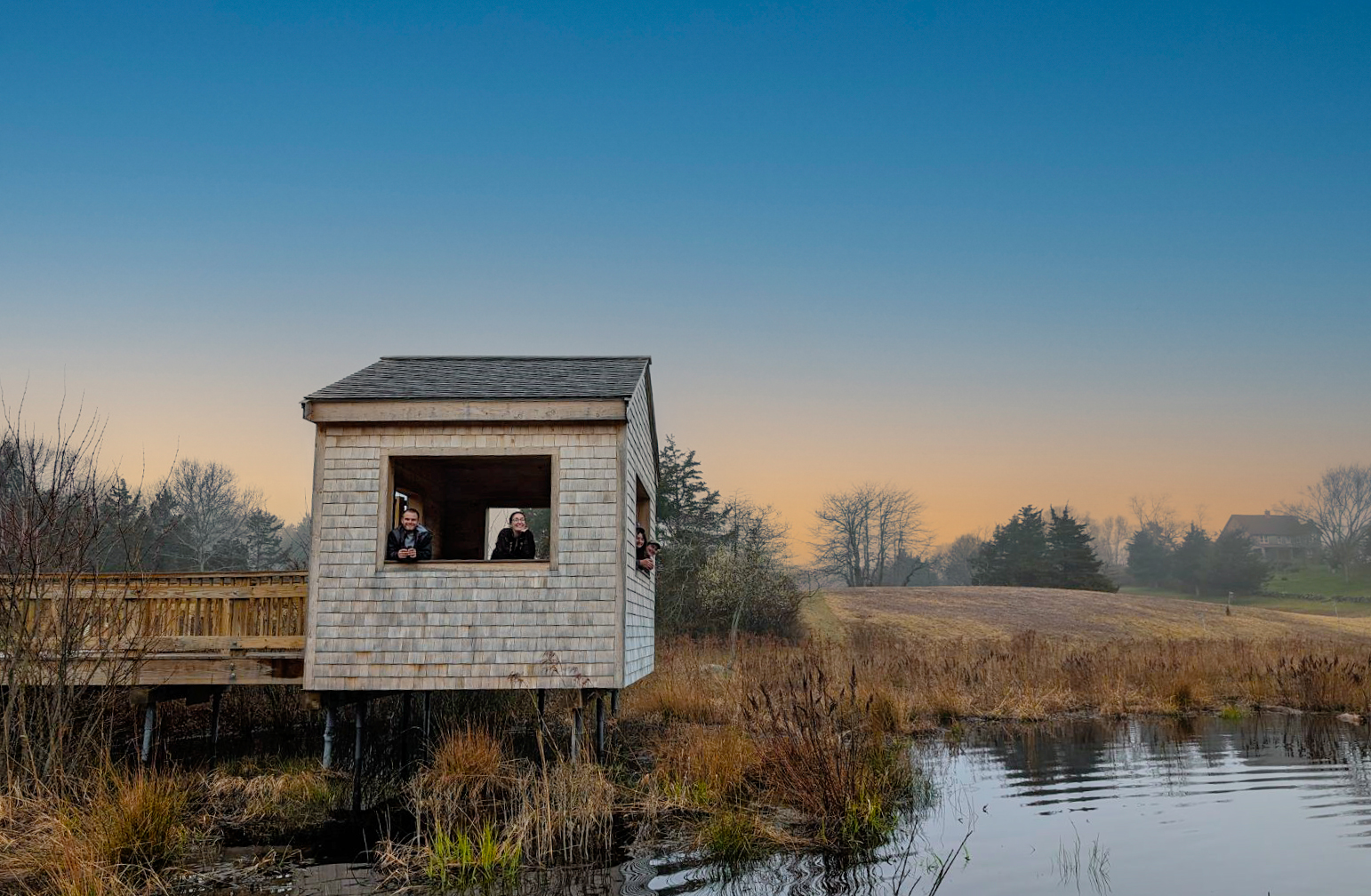This is a segment of the National Fish and Wildlife Foundation’s 2014 Annual Report. Access the full report here.
Just a few years ago, the future looked bleak for the American oystercatcher.
The charismatic shorebird with a red-orange beak and striking, red-rimmed yellow eyes was once fairly common along the Eastern Seaboard. But by 2008, less than 11,000 remained, scattered along the shore between Maine and Texas. Biologists were projecting a 12-percent drop in oystercatcher numbers over 10 years.
Coastal development, human disturbance and predation at nesting sites had taken a toll. More threats loomed, including sea-level rise and contamination of the species’ primary food source, its namesake shellfish.
“They were not quite on the brink of extinction, but they were heading that way,” says Shiloh Schulte, an expert on the species with the Manomet Center for Conservation Sciences.
A scattershot approach to conservation wasn’t working. The plight of the oystercatcher called out for a new approach, one that could reach across state lines, link local efforts over the long term and focus on measurable outcomes.
In response to these needs NFWF launched a 10-year business plan in 2008 to increase the population of oystercatchers by 30 percent—a 42 percent marginal increase over population levels if nothing was done. The hoped-for bonus: Improved coastal habitats and more shorebirds of all kinds.
Project leaders with Manomet, the U.S. Fish and Wildlife Service and the National Audubon Society enacted the plan in small towns, big cities and remote barrier islands from the Northeast to the Gulf Coast. Biologists and volunteers relocated nests imperiled by high tides, restored beach habitats damaged by storms and re-established oyster beds. They also installed fencing at high-density nesting sites, where just a few smart predators can decimate an entire generation of birds.
In 2014, just six years into the ambitious initiative, biologists delivered the welcome news that the latest estimates show a 10 percent rise in American oystercatcher population— a huge swing from the predicted declines.
In fact, the North American Bird Conservation Initiative’s State of the Birds 2014 report highlights the NFWF-led oystercatcher project as a bright spot in shorebird conservation. “NFWF investments in priority action areas have already stopped a regional decline of American Oystercatchers and increased reproductive success,” the report notes. “Now the population is growing for the first time in 10 years.”





 Back to all
Back to all